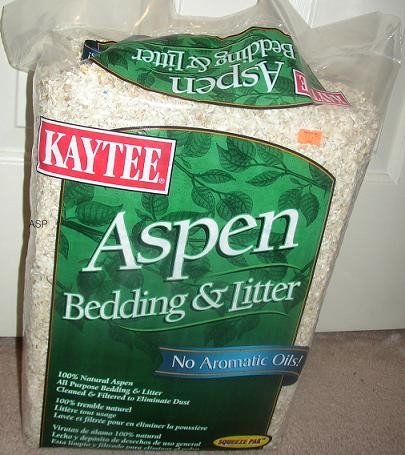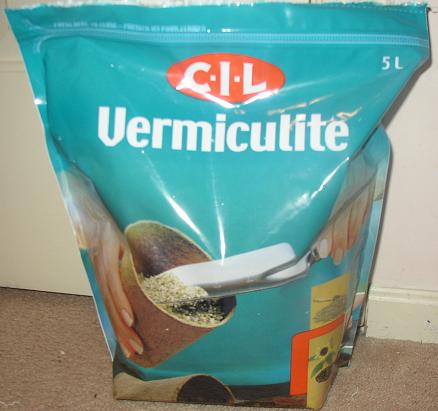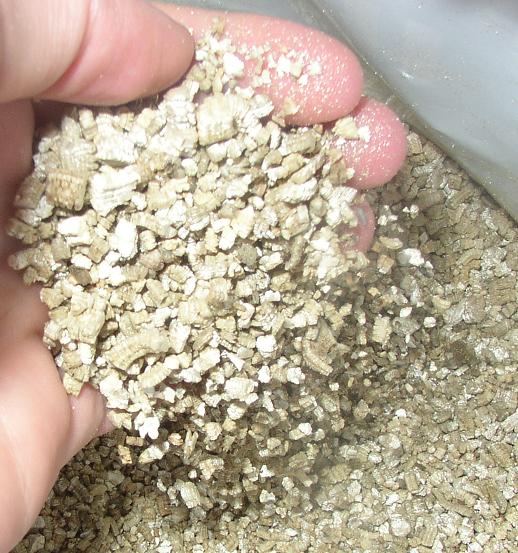 King snake care
sheet
King snake care
sheet
 Introduction:
Introduction:
King snakes are some of the most beautiful snakes
in the world and are very popular and easily kept
in captivity. This snake is great for the beginner
as well as to the experienced herpetoculturist.
The scientific name for them is Lampropeltis. Lampro
from the Greek word meening "shiny", and
peltis, Greek for "shields." Lampropeltis
getula (kingsnakes), L. triangulum (milksnakes)
and the other six species (comprising forty-five
subspecies) can be found throughout most of the
United States, the southern parts of Ontario and
Quebec, down through Central America and parts of
South America. In the wild their diet is made up
of a variety of prey, including other snakes, amphibians,
lizards, rodents, birds, even rattlesnakes. It is
especially interesting that they have evolved to
being fully unharmed when bitten by a rattlesnake.
Reasons
for feeding pre-killed prey..
Housing.
You can house your hatchelings in a ten gallon
enclosures. Medium sized adults may be housed in
twenty gallon enclosures, but it is best to get
a big enaph enclosure right from the start, just
make sure to give them at lest two hides one on
warm side of the cage and one on colled side because,
the hatchelings up to aproximatly 14 month old are
very easy to scare.
Equipment.
To heat them you can either use a UTH under tank
heater or a heat lamp, you can get those in any
pet store. It is unsafe to use "heating rocks"
which are meant for special lizards. Most heating
rocks heat up to 105+ F on the surface, too hot
for the majority of reptiles, and capable of causing
severe burns.
Temperatures and Humidity.
It is very important to provide humidity and a
water bowl for your snake. Provide temperature for
them ranging from 76-86 F, with night time drops
into the low 70's. If you have a large enaph bowl
with water in which the snake should be able to
submerge fully, it will make humidity by it self,
just make sure to refill the water bowl every few
days orwhen the water gets dirty. A good way to
see if there is enaph humidity, when a snake sheds
(shed is the process when the snake takes its skin
off), if it is wet or at least in one piece then
you have achieved the perfect humidity.
Recommended Substrates.
The best substrate for the snake especially King
snakes is aspen, you can get it in any pet store.
King snakes love to burrow in it, and if it will
ever swallow any particles, they will digest unlike
sand, plastic and other harmful materials. Also
aspen keeps its shape even when fully dry. Here
is a picture of Aspen bag

Vermiculite is great for incubating snake's and
other reptile's eggs. Vermiculite holds water really
well. You can get it in any hardware store or plant
nursery. You have to put water in it and put in
until it's soaked, then microwave for 20 minutes
to sterilize it before pooting in your incubator.
Some pictures of Vermiculite.


Feeding
schedule.
From the age of birth -6 month old, you feed them
every 3-4 days, giving 2
pinkys each time.
From 6 month old -14 month old, you feed them every
4-5 days, giving 2
pinkys or one fuzzy.
From 14 month old -24 month old, you feed them
ones a week, giving 1-2
fuzzys.
From 2 years old and up give them food that is
no bigger then the snakes
fattest part of the body.
Breeding
Your King snakes.
When desided to breed your King snakes, follow
these steps/tips, First make sure yore snakes are
in perfect condition. Second do not feed them for
atleast 2-3 weeks to let all of the food came out
of their system, if they will have any food left
in their stomach, it will literally rot and kill
the snakes. Third cool their temperature down slowly
to 55?F. Fourth poot them some where in some place
which have to be dark at all of the time, also the
temperature must NOT go lower then 50?F and NOT
higher then 60?F. Fourth leve them in there for
2 month, you absolutely must have a woter bowl for
each one of the snakes because, during those 2 month
they will dring woter every few days. Fifth when
taking the snakes out after cooling them, slowly
worm their body temperature up to normal. Sixth
feed them a lot to bring them back to normal waight.
Seventh ones they have sheded their skin, poot the
pair together and observe (the way you knoe when
they are doing it, is the male will bite the female
about 2inches behind its head and curle around hir)
if they will not do it on the first time, separate
them after 10-15 minutes and try again after few
houers. ALWAYS watch them because it is possible
for the female (since its usually 3-4 times thicker
then the male) to eat a male. Ones the male have
attached him selph to the female, the proces might
take a few minutes to a few howers during which,
some one ALWAYS have to keep an eye on them. Ones
the male lets go of the female, separate them for
3-5 days, then repeat this the mating proces 3-4
times more for the best results. Eights feed them
both normally. Ninth ones the female have laid eggs
(on the first time she will lay around 4-8 eggs,
and ones a little older she will lay about 25 eggs),
please the eggs in to an incubator the SAME way
they were laid, if poot the different way it is
likely that they will not hatch. Tenth, keep the
eggs at 82?F till they hatch.
IF YOUR SNAKE IS ILL OR HAVE
SOME PROBLEM(S) READ THE FOLLOWING TIPS.
If your snake have just regurgetated, make
sure that your snake has fresh water to drink because,
snakes that have regurgitated have a tendency to
dehydrate. In some cases pedialite (sp?) a product
that is used to re-hydrate infants with diarrhoea
etc. is used or unflavoured gatoraide. Mix it in
with the drinking water to help re-hydrate the animal.
It's either ZooMed or ExoTerra that makes a straight
electrolyte product which you mix with the drinking
water. Do not feed your snake for the next 10-14
days to let its asides to build up. After 10-14
days, give your snake a smaller food size then you
usually give it, and wait till it poops before giving
it any more food. The snake will often regurgitate
if it is kept on sand, or handled right after it
ate, (usually you should wait 2-3 days for the snake
to digest its meal before handling it).
If the snake has a problem with shedding,
just spray it with some water to help to soften
its old skin.
If your snake can't poo, add some Gray Fruit
juice in its water.
Also, check this website out, to find your nearest
Herp Vet http://www.herpvetconnection.com/
|